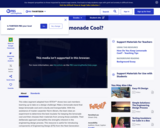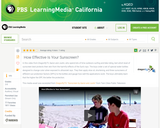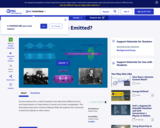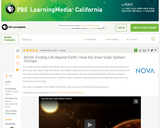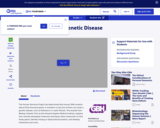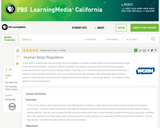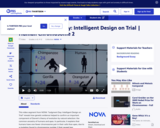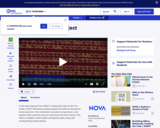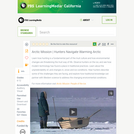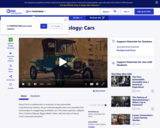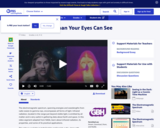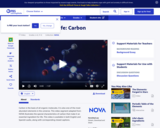
In this video segment adapted from NOVA, scientists use computer simulations to explore the question of how supercell thunderstorms produce tornadoes.
- Subject:
- Applied Science
- Ecology
- Environmental Science
- Forestry and Agriculture
- Geoscience
- Life Science
- Physical Science
- Space Science
- Material Type:
- Activity/Lab
- Provider:
- PBS LearningMedia
- Provider Set:
- PBS Learning Media: Multimedia Resources for the Classroom and Professional Development
- Author:
- National Science Foundation
- WGBH Educational Foundation
- Date Added:
- 12/17/2005
